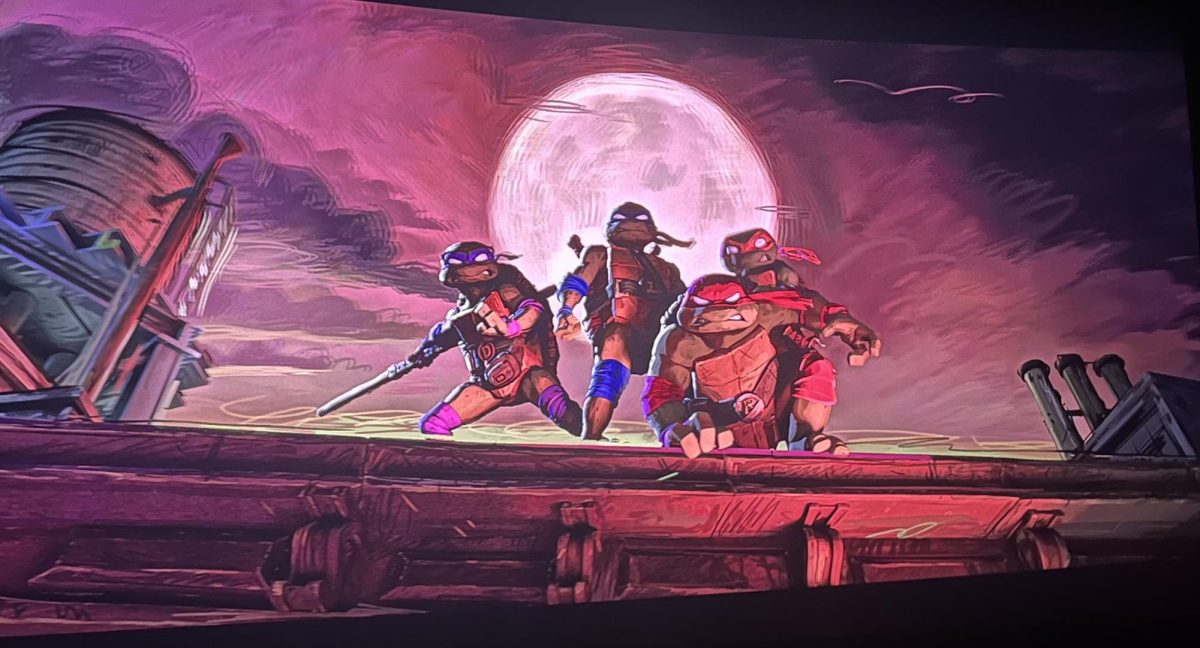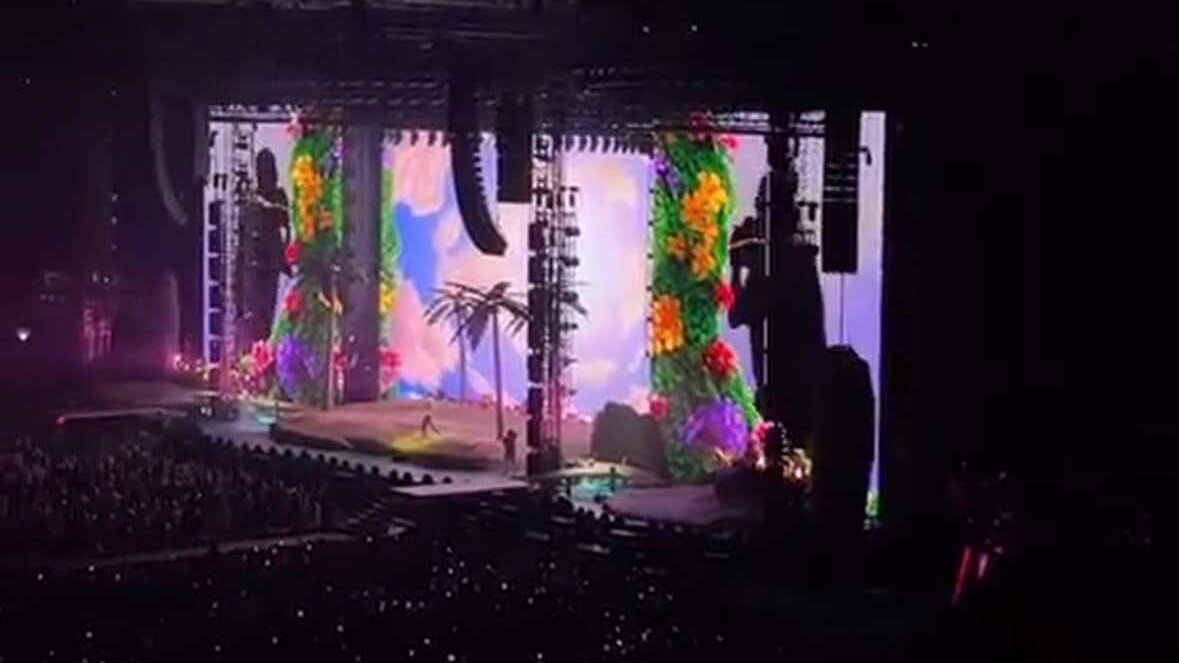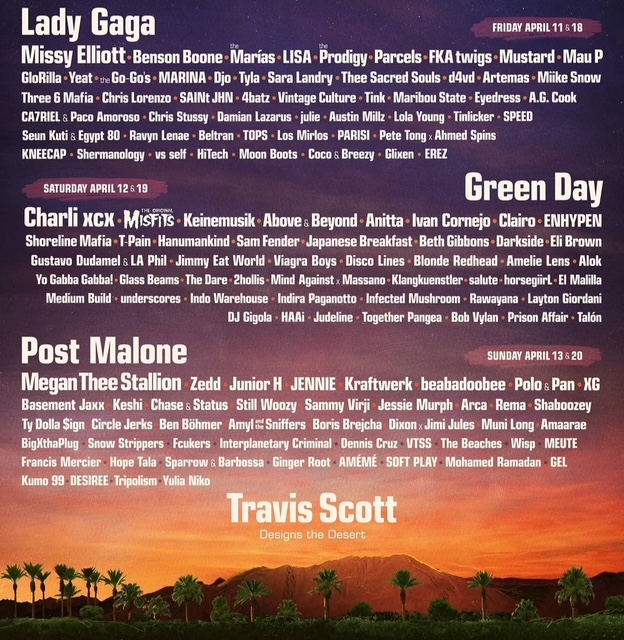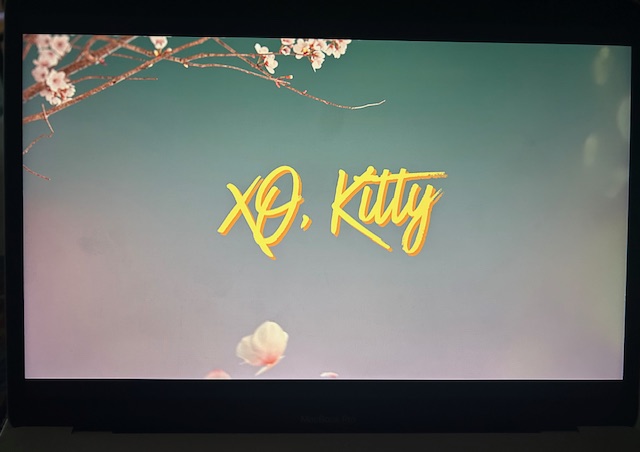Through the advancement of technology and new minds working on the series, the Teenage Mutant Ninja Turtle franchise has grown since its debut in 1984, when the original comic came out. Since then, there have been many different versions of the Turtles to grace the entertainment industry.
The Teenage Mutant Ninja Turtles, commonly known as TMNT, is a franchise that started in 1984 with the comic by Peter Laird and Kevin Eastmen. The most known characters are the protagonists, the mutant turtle brothers named after Renaissance artists- Leonardo, the leader, Raphael, the hothead, Michelangelo, the humorous one, and Donatello, the brain behind their many adventures. There’s also their adoptive father, Splinter (Hamato Yoshi, in some versions) the mutant rat, and their human friends- vigilante Casey Jones and news reporter April O’Neil. Lastly, their main antagonist, and the villain of most of the series, Oroku Saki, or Shredder.
After the release of the comic came a five part miniseries that ran from 1987-1996, Teenage Mutant Ninja Turtles. This series’ earlier seasons were mostly made to promote the action figures and toys that were made after the comic’s surprising popularity. Because of that, there are some inconsistencies in the show, but none of them seriously alter the main plot. In this version, Splinter, their father, started off as a human, Hamato Yoshi, who later got mutated by touching the turtles when they had the ooze on them. It’s revealed that Shredder, Oroku Saki, was the one to credit for the turtles and Splinter’s mutation, since it turns out that he had been the one to dump the ooze into the sewers in an attempt to kill Splinter, since he believed it was deadly and not just transformative. Another fun thing to mention was during this series’ run was when the two characters, Bebop and Rocksteady, were first introduced, later becoming a staple in most of the next movies and shows to come out. In terms of style, this series is bright and retro, giving every old fan a flashback to their childhood, holding the recognizable artstyle and witty humor many shows of the 80s shared.
The next thing to come out was released during the run of the animated series mentioned above, being the 1990s live action trilogy- Teenage Mutant Ninja Turtles (1990), Teenage Mutant Ninja Turtles II: Secret of the Ooze (1991), and Teenage Mutant Ninja Turtle III (1993). This first movie is based heavily on the animated series in some aspects, but being a movie and not a series, the plot differs. In this run, we can also see the difference in the origin of Splinter and the Turtles. Rather than being a human mutated into a rat, Splinter was a rat who was then mutated to be more human. More importantly, he was the pet rat of Hamato Yoshi, Oroku Saki’s (Shredder’s) enemy, as they had fought over the love of a woman, Tang Shen. Rather, Shredder fought with him over it, as Tang Shen had chosen Yoshi from the start. Enraged, Shredder followed them to New York and killed them both, causing Splinter to try and fight him before ultimately failing and getting the tip of his ear sliced off in the process. Transitioning into style, it differs largely from the first series due to the fact that, obviously, it’s live action. For its time, the costumes; because they were costumes, not animatronics, they were very advanced. Now, though, they’re less than the best. The movies are still definitely classics, filled with the silly humor evident in most 90s media.
It’s worth noting that the next thing to come out was another series titled Ninja Turtles: The Next Mutation, but it was definitely not a fan favorite. Many left reviews stating that it was “terrible” and “the worst thing the TMNT franchise has ever spawned”. One thing that is interesting about it is that there is a fifth turtle- Venus, their sister (full name Venus de Milo, the only turtle to be named after a painting and not an artist). It held only one season before being abandoned. But skipping over that series, we come to a much better received show, Teenage Mutant Ninja Turtles (2003). This series had a much more serious tone that matched the original comics compared to the 1987 series that was more playful, with a bigger focus on action and the familial bonds between the characters. Each episode followed a different story with many of the story arcs being based on the comics. In this series, Splinter once again starts off as a regular rat who is mutated to be a humanoid, and he adopted the turtles after they fell into the sewers after a car accident. In terms of style, the biggest thing that stands out is that they adopt a more cool and ninja-like style, evident in their white eyes and darker palette. The humor is still playful, but combined with the darker story arcs it makes a good variety of tone. Additionally, in the same universe as this one comes Turtles Forever (2009). The turtles meet their counterparts from the 1987 show! This creates the idea of a multiverse, kind of like in Spider-Man.
Moving on to the next movie, TMNT (2007), this movie was definitely different from the others.To begin with, we see Leonardo has separated from his brothers, an attribute that’s unexpected from the heavily familial based character, not only is he the leader, but he’s almost constantly with his brothers. Another difference in this movie compared to the others is that the Turtles have made careers for themselves in the real world and it actually portrays them in the real life scenario of needing to make money. We see Donatello as a worker in a tech support line and Mikey as “Cowabunga Carl”, a birthday party performer. While Leonardo is away, Raphael is the only Turtle to continue their crime fighting ways, armoring up and becoming the Nightwatcher. This movie has a big focus on the bonds between the turtles, from an emotional argument between Raphael and Leonardo to their heartfelt makeup . Their origin story is not mentioned, but their style is certainly a different look than the rest of the shows and movies, being the first 3D, animated film of the franchise.
Moving on from movies, we now come to one of the more popular shows, Teenage Mutant Ninja Turtles (2012). When the show was released, the debut ratings were the highest for a Nickelodeon animated series since 2009. We once again see the return of 3D. This show goes into the origin story in the first episode, and we can again see changes in Splinter, who started off as a human in this one. Actually, a human who adopted the turtles, not an accident. He was walking home with them before spotting a mysterious man and deciding to follow him, which ended up with an encounter with the Kraang and him being mutated. This show was heavily marketed towards boys ages 6-11, meaning it was filled with jokes and brightly colored emotes. A fun fact about this series is that it’s the only one in the franchise that features the Turtles with three toes instead of two.
We now come to the only other live actions of the franchise, the Bayverse duology. Teenage Mutant Ninja Turtles (2014) and Teenage Mutant Ninja Turtles: Out of the Shadows (2016). The movies are more advertised towards adults, with a less child friendly sense of humor and more intense action. Their origin is pretty interesting, as they actually started off as lab animals rather than strays or pets, so their mutation was a result of that. As a fire was started in the lab, Splinter helped the turtles escape and raised them in the sewer. The look of this movie is a lot more advanced than its predecessor, since over the course of decades technology has heavily advanced. This time, it’s CGI and not costumes, giving the Turtles along with the other mutants featured in the movies a much more realistic feel. The realistic feel is also applied to the villains of the movies, specifically, the Kraang, who’s slimy and brain-like look is only amplified by the advanced technology. Besides that, it’s definitely an interesting movie, combining family drama with cool action scenes like every iteration.
With the beginning of the next series comes a big controversy over one character. Rise of the Teenage Mutant Ninja Turtles (2018), an animated series with two seasons. One difference between this series and the other iterations was that the turtles were not only recognizable by the shade of green they were and their bandana color but also by their size, markings, and shell because in this series, they are different species. We see Raphael as an alligator snapping turtle, Donatello as a softshell, Leonardo as a red-eared slider, and Michelangelo as a box turtle. They are different species because they were originally turtles taken by Barom Draxum,a character specific to this show,to be mutated and made into weapons to help Yokai take over the world. They were saved by Splinter, then movie star Hamato Yoshi, who later mutated into a rat.
Circling back to the controversy surrounding a character, we see it in two, but mostly in their human friend, journalist April O’Neil. Many original fans forget the main premise of her character is that she is an aspiring journalist, and were angered over her change to being African American in this series. The other character who had a small controversy was Casey Jones. A smaller difference with an even smaller controversy is the switch in attitude from Raphael, and also his change in position in the brothers. Not only is he the leader for a while, but he’s also the oldest,a title usually given to Leo. But the change being spoken about most commonly is his lack of hotheadedness and impulsivity which was given to Leo in this series, as well as his lack of major anger. Moving onto more general changes, we also see that in this series, they have magic abilities that come from their special weapons. In general there is a more otherworldly feel to the entire show, as there is a lot of power and sci-fi based plotlines in the show. The series only lasted for two seasons, but some sources state that it was meant to have three and poor marketing along with low toy sales made it end earlier.
To the surprise of many fans, two years later came Rise of the Teenage Mutant Ninja Turtles: The Movie, a film with just as much wowing magic based action as the show. It introduces a new character, Casey Jones, as he is Cassandra Jones’ son. This is new because there’s usually one Casey Jones within an iteration, and in this one there are two! He was born in an apocalyptic world, years into the future when the Krang had taken over the original world the series was set in. CJ is sent back into the past, and the story goes on from there. The movie itself is filled with emotion, from Leo begging his brother to come back to them, to the turtles regaining their powers after they had been taken through sheer willpower and family connection, to CJ trying pizza for the first time.
Finally, we come to the two most recent interactions, both set in the same universe. Teenage Mutant Ninja Turtles (2023) and Tales of the Teenage Mutant Ninja Turtles (2024). Similar to some of the iterations from before, Splinter starts off as a rat and the turtles start off as turtles. The ooze that mutates them is made by Baxter Stockman, who opens the movie. The ooze makes its way into the sewers, mutating Splinter and the Turtles, but not before he uses it on different animals, creating many mutants, but most importantly, the main villain of the movie, Superfly. The artstyle and humor in the movie go hand in hand, both are modern and current, with uses of the terms “getting silly here”, “rizz”, and many pop culture references to Beyoncé, Batman, and multiple others. The show follows the Turtles as they meet new friends, enemies, and go on multiple different adventures.
In conclusion, although the franchise spans across various decades, it has been through many different changes in characters, development, and looks it still remains a staple in both old generation and new. We’ll see how these crime fighting mutants advance over the future years.







